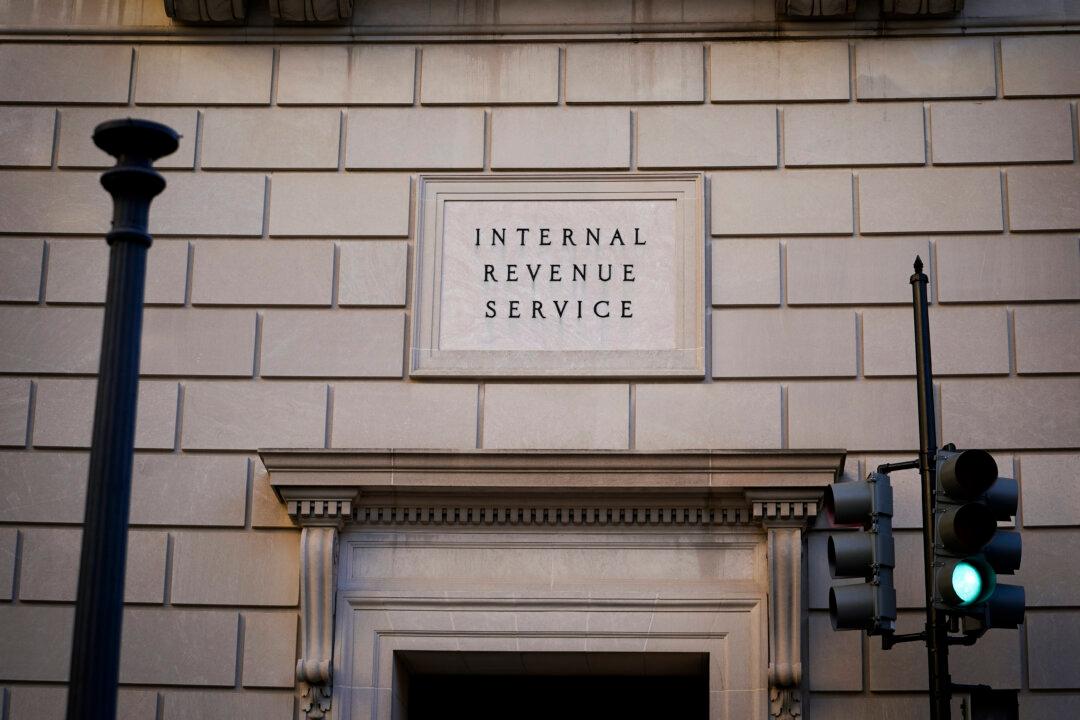The Internal Revenue Service (IRS) could generate as much as $851 billion in additional revenues over a 10-year period if a supplemental funding program remains in effect, according to a new report.
The Inflation Reduction Act (IRA) provided the IRS with nearly $80 billion in supplemental funding. Earlier estimates by the IRS projected that the funding would yield an additional $390 billion in revenue over a decade between fiscal year 2024 and 2034, provided funding is sustained throughout this period. However, this estimate was inaccurate, states a Feb. 6 joint report from the U.S. Treasury Department and the IRS.





